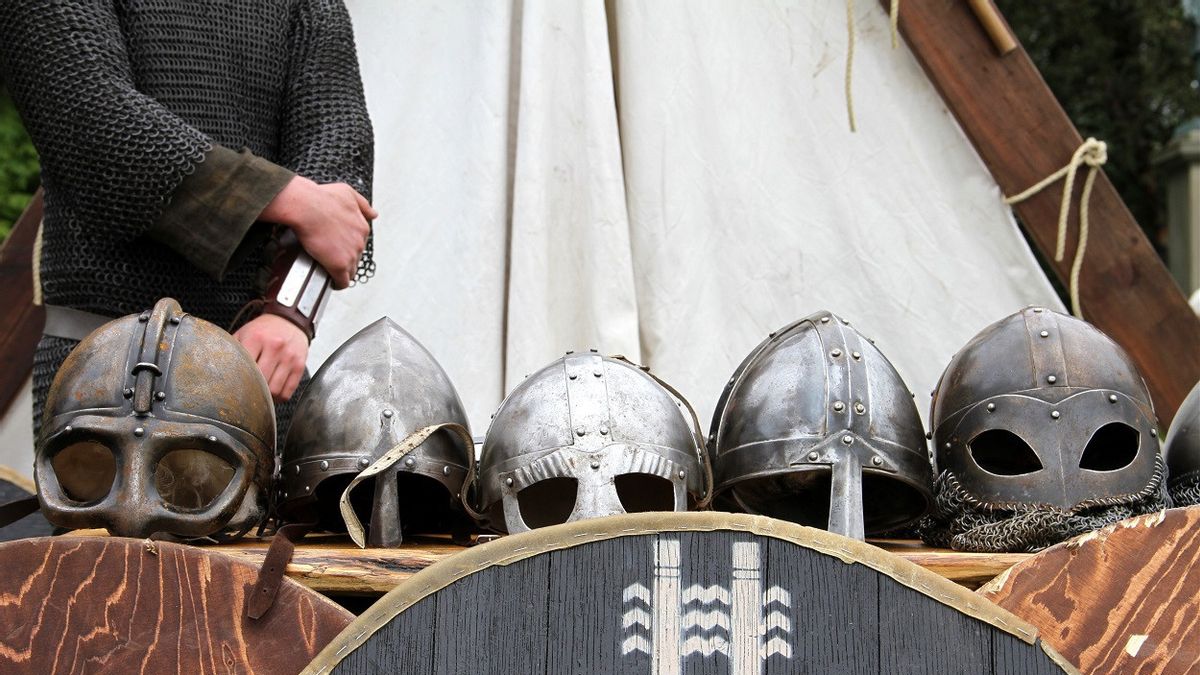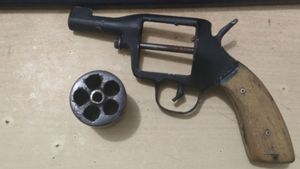JAKARTA - Long before Christopher Columbus crossed the Atlantic, eight earthen-covered timber-framed structures stood on terraces above a peat bog and river at the northern tip of the Canadian island of Newfoundland, proof that the Vikings had reached the New World first.
However, exactly when the Vikings traveled to establish the settlement of L'Anse aux Meadows remains unclear.
Scientists on Wednesday revealed that using a new type of old solar storm dating technique as a reference point revealed that the settlement was occupied in 1021 AD, exactly one millennium ago and 471 years before Columbus' first voyage. This technique was used on three pieces of wood for settlement, all pointing to the same year.
The Viking voyage represented many milestones for mankind. This settlement offers the earliest known evidence of a transatlantic crossing.
It also marks the place where the world was finally surrounded by humans, who thousands of years earlier had made their way to North America via the land bridge that once connected Siberia to Alaska.
"A lot of credit has to go to these northern Europeans for being the first human society to cross the Atlantic," said geoscientist Michael Dee of the University of Groningen in the Netherlands, lead author of the study published in the journal Nature.
Vikings, or Norse people, were sailors with Scandinavian homelands: Norway, Sweden and Denmark. They traveled through Europe, sometimes colonizing and other times trading or raiding. They had outstanding shipbuilding and navigation skills, establishing settlements in Iceland and Greenland.
"I think it's fair to describe the journey as a journey of discovery and sourcing of new raw materials," says Dee.
"Many archaeologists believe their main motivation for searching this new area was to find new sources of wood, in particular. It is generally believed they departed from Greenland, where wood suitable for construction is very scarce," he explained.
Their wooden boats, called longboats, were propelled by sails and oars. One surviving example, called the Oseberg ship, is about 70 feet (21.6 meters) long.
The Viking Age is traditionally defined as AD 793-1066, providing a wide time span for transatlantic crossings. Ordinary radiocarbon dating, dating organic matter by measuring the content of certain radioactive isotopes of carbon, proved too imprecise to date L'Anse aux Meadows, which was discovered in 1960, despite the general belief that it was the 11th century. .
The new dating method relies on the fact that solar storms produce distinctive radiocarbon signals in the annual growth rings of trees. There was known to be a significant solar storm, a burst of high-energy cosmic rays from the sun, in 992 AD.
In all three pieces of wood examined, from three different trees, 29 growth rings formed after one that showed evidence of a solar storm, meaning the wood was cut in 1021, explains University of Groningen archaeologist Margot Kuitems, the study's first author.
It's not the local indigenous people who cut the wood, because there is evidence of metal blades that they don't have, said Dee.
The length of the occupation remains unclear, though it may have been a decade or less, and perhaps 100 Norse people were present at any given time, Dee said. Their structure resembles the Norse buildings in Greenland and Iceland.
To note, the oral history called the Icelandic Sagas describes the presence of the Vikings in America. Written centuries later, they describe a leader named Leif Erikson and a settlement called Vinland, as well as violent and peaceful interactions with the local people, including the capture of slaves.
The date 1021 roughly corresponds to the saga's tales, Dee said, adding: "So that begs the question, how much of the rest of the saga's adventures is true?"
The English, Chinese, Japanese, Arabic, and French versions are automatically generated by the AI. So there may still be inaccuracies in translating, please always see Indonesian as our main language. (system supported by DigitalSiber.id)










